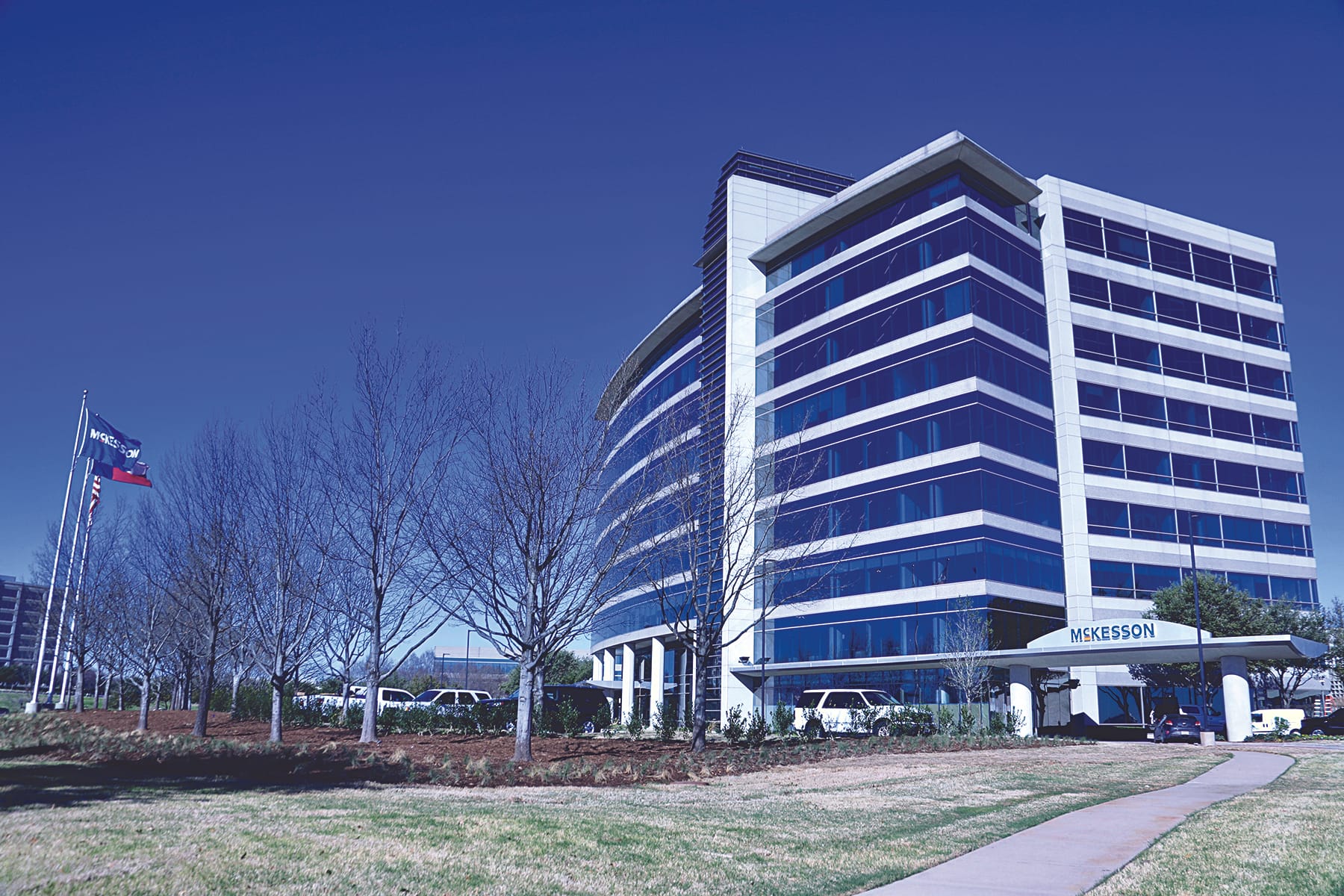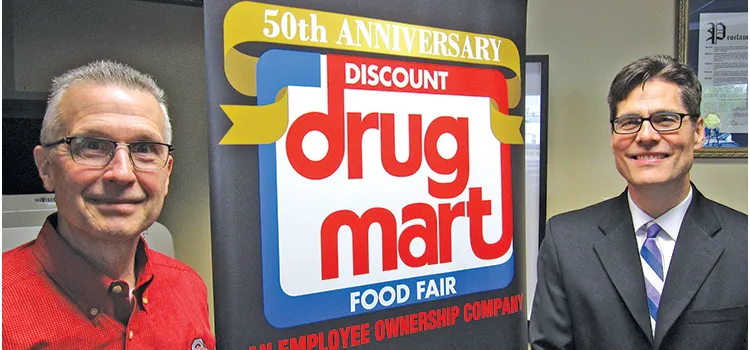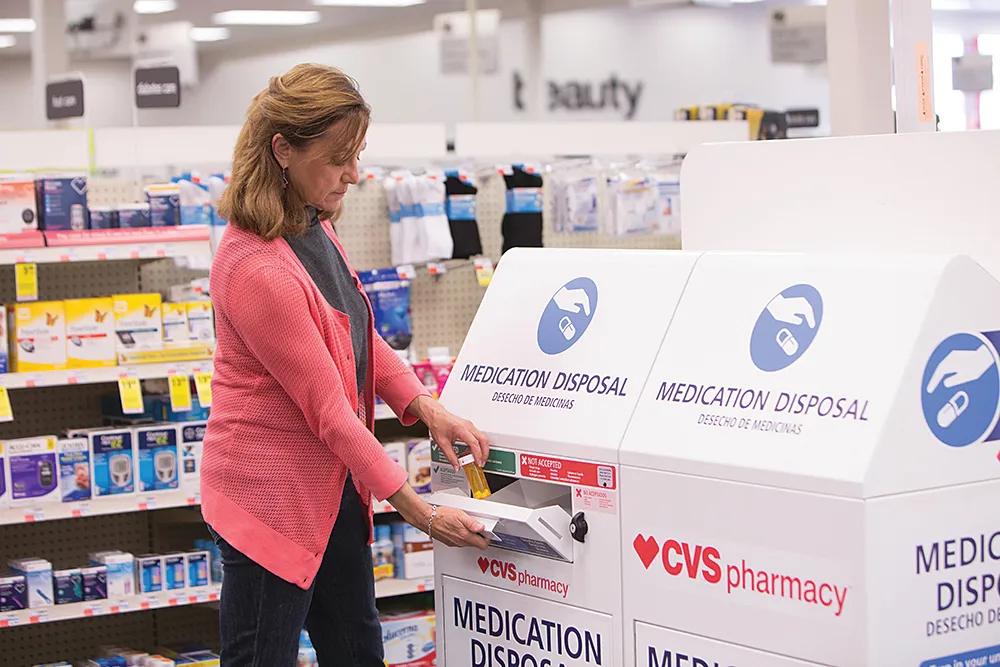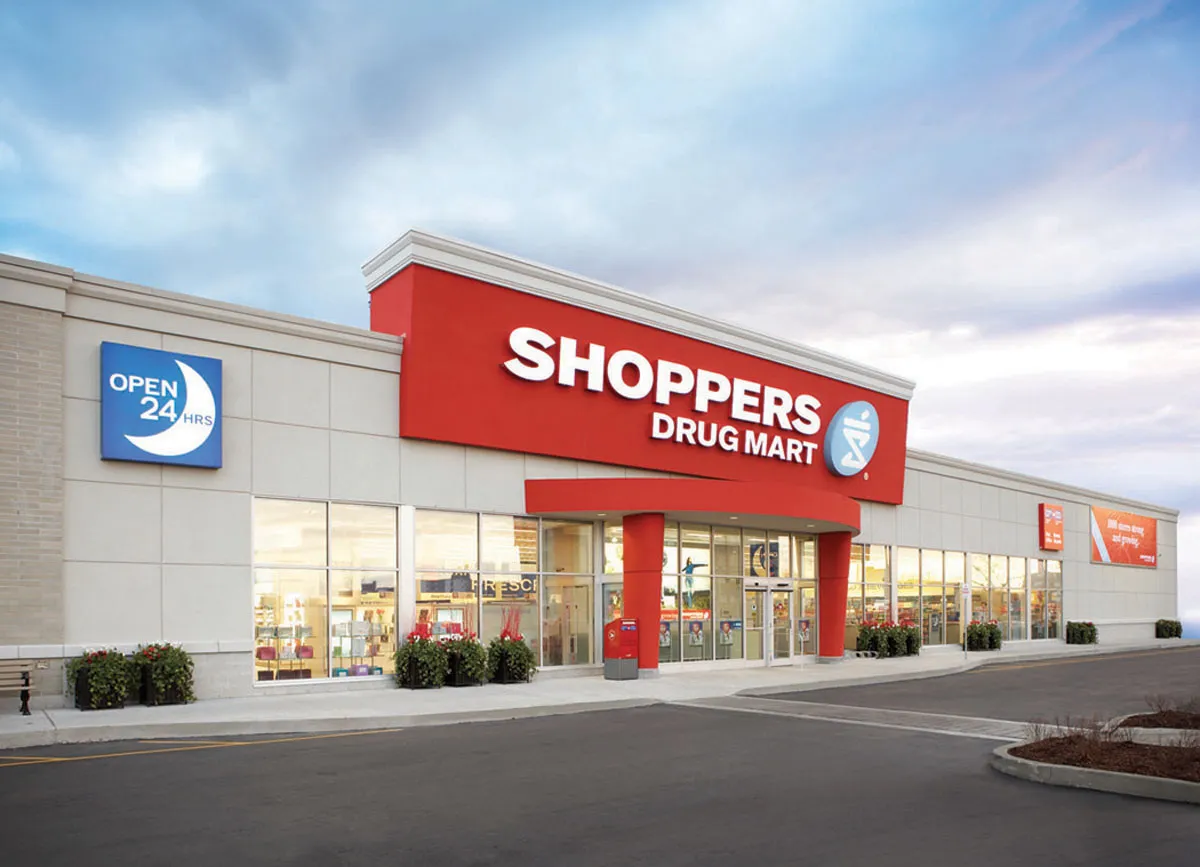
IRVING, Texas — A week before he succeeded John Hammergren as chief executive officer of McKesson Corp., Brian Tyler wrote on the company’s website that he was getting ready for the job of a lifetime. Tyler might have added that, in light of the serious problems that continue to plague the health care system in this country and around the world, the challenges he faces are commensurate with the job.
McKesson — whose reach extends to retail pharmacy, the health care supply chain, oncology and specialty care, and health care technology — is on the front lines of the effort to improve people’s access to care, enhance patient outcomes and help rein in relentlessly rising costs. The decisions taken by the company will have a significant impact on its business partners across the continuum of care, and will help shape the thinking of health care policy makers. Tyler, who started in his new role on April 1, is already wrestling with those issues.
“We’re building on the solid foundation and global platform established by John [Hammergren] and our management team,” says Tyler, who during the course of his 22 years at McKesson has headed almost all of the company’s major business units, both in the U.S. and abroad. “To remain competitive, we need to continue to innovate in this changing health care environment, and always stay focused on providing real value to our customers and patients.”
Tyler and his colleagues intend to deliver on the promise to innovate without losing sight of the principles that enabled it to become the world’s largest pharmaceutical wholesaler and a pivotal player in other aspects of health care. They intend to leverage McKesson’s tremendous scale — revenues last fiscal year reached $214.3 billion — to make health care more effective at the local level, where people live and work.
“It’s clearly challenging right now for virtually every player along the pharmaceutical value chain,” Tyler notes. “One of the things that we fundamentally believe at McKesson — whether you’re talking about our retail pharmacy customers or you’re talking about community-based physicians — is that the best thing for patients is to have health care provided locally. That is the lowest-cost setting, offers the best access and often provides the highest quality.”
“So we’re going to weigh in with our voice, in alignment with some of our industry partners, to make sure that however the landscape evolves, it promotes care in the community. We think that’s the best answer for patients across the country.”
That vision aligns well with the strengths of retail pharmacy. With stores located within five miles of more than 90% of the U.S. population, the sector is the most convenient and accessible part of the health care system, one staffed by professionals who are among the most trusted by American consumers.
“There’s great opportunity to elevate the role that community pharmacy plays,” says Tyler. “This is not a unique strategy; we see it in Europe, we see it in Canada, and we see it at some of the big chains in the U.S. People recognize that these are health professionals conveniently located within their own communities, but who are constrained by regulations as to what they can do for patients.”
“We need to advocate for changes that allow pharmacists to practice at the top of their license, and make sure that they are paid for the services they provide and the outcomes they deliver,” adds Tyler, who earned a Ph.D. in economics at the University of Chicago. “Whether that ultimately means a value-based solution or a fee-based solution, we care less about that. It’s about finding a way for pharmacies to migrate up the value chain and be a bigger part of care in the community, and shifting the economic model to support these services.”
The transition is already under way. It is now routine for pharmacies in the U.S. to offer flu shots and other immunizations, and many of them are expanding into such areas as medication therapy management, point-of-care testing and health education.
McKesson is a catalyst for change, nowhere more so than at Health Mart. Members of the franchised chain of 5,032 independent drug stores receive vital support from the company, benefiting from McKesson’s scale and buying power; information technology and back-office infrastructure; and expertise in such areas as store design, marketing and clinical programs.
“It’s essential that we continue to elevate what Health Mart does,” Tyler comments. “We need to come together as a group and weigh in on some of the policies that impact the well-being of patients. For the next generation of Health Mart we want to go beyond the great retail pharmacy services that we provide today and become an even bigger part of health care delivery.”
McKesson supports the operations of a broader range of retail customers, including such major chains as Walmart and Rite Aid Corp., through its drug distribution business. The cornerstone of the company, the U.S. Pharmaceutical and Specialty Solutions segment, accounted for more than two-thirds of the company revenue at $167.8 billion in the last fiscal year.
McKesson’s supply chain recently underwent further enhancements as a result of the Drug Supply Chain Security Act, legislation passed in 2013 that replaced a state-by-state patchwork of prescription drug pedigree requirements with a single federal standard. “For our company, implementation of track-and-trace has gone well,” Tyler says. “It was a big investment, resource intensive and required a lot of focus, but we feel good about what we’ve been able to accomplish and will benefit from the ability to pinpoint medications at any moment as they move through the supply chain.”
Tyler predicts that digital technology, a key component in making the pharmaceutical pedigree system work, will have a transformative impact throughout the company — both operationally and in its interactions with customers and patients. “Internally, we are becoming a more digitally savvy organization,” he explains, adding that that progress will be accelerated by the recent agreement with Google Cloud that will help McKesson fast-track development of machine learning and artificial intelligence-based technologies and advanced analytics. “We now have a ton of people, infrastructure and capability focused on how we continue to drive efficiency.”
The retail pharmacy environment that consumers encounter will be transformed by new digital devices, according to Tyler, who indicates that McKesson intends to be in the vanguard of change.
“It’s no longer optional to have digital tools and online capabilities,” he says. “Today’s consumer expects it, no matter how you think about the marketplace. Take the intermittent pharmacy user who might need a script here and a script there throughout the year. That patient wants the process to be convenient, and we think that having a strong digital capability is going to be a big part of the convenience factor. Pharmacies need to have a digital solution if they want to hold on to that customer.”
“If you think about the other end of the spectrum, the patient who is taking 10 or 12 different medications, those patients really need easy access to a health care professional. But they’re also going to want contemporary, digital tools that offer convenience and deliver insight and information. I view our industry as having the basic set of tools, but we need to push to develop the next generation of digital devices.”
Tyler is hopeful that technology might also provide an avenue for addressing the opioid epidemic, one of the most vexing problems confronting the health care system. McKesson and other pharmaceutical distributors have come under intense fire for allegedly not doing enough to counter abuse of prescription pain medications.
“This is a terrible crisis in our country — the loss of life and the damage that has been done to families and communities is devastating,” he says. “It is a big, complicated problem that requires an integrated, coordinated approach, and we’re very focused on being part of that solution. We’ve put forth a proposal to develop a national prescription safety-alert system, which could help identify patients who are at risk for opioid overuse, abuse, addiction or misuse.”
The technology tool that McKesson is advocating for would provide retail pharmacists a more complete view of the opioid-related prescription history of every patient when they come in to have a prescription filled.
“Today, if a patient presents a script in a pharmacy, the pharmacist doesn’t know if, 10 minutes ago, that patient was at another pharmacy presenting a similar script from another physician,” explains Tyler. “So it can look perfectly legitimate in that second pharmacy. But if the pharmacist was alerted that the patient had been to three pharmacies within a 30-mile radius in the last three days, he or she might reach a different clinical decision.”
“The infrastructure for this system already exists. Alerts could be integrated right into the existing software that pharmacists already use. It would require no extra logins or interruptions to the pharmacist’s work. And these clinical alerts would be provided alongside existing claims transactions already governed by strict privacy rules.”
The proposal to counter opioid abuse reflects McKesson’s determination to always come to the table with solutions — an orientation that applies whether the company is dealing with policy makers in Washington or business partners throughout the health care supply chain. That commitment to coming up with solutions puts a premium on innovation, and, as a result, Tyler has accelerated the company’s quest for new ideas. Nowhere is that drive more evident than in the retail sector.
“We’re leveraging the power of the company globally,” Tyler notes. “Scale matters everywhere, even if it’s scale in innovation. You only have so many hours in the day and so many dollars in each country, individually. So we’re developing an import/export model for innovation. If a new idea works in Canada or Europe, we import it for the good of our Health Mart pharmacies. That’s a fantastic model.”
To that end, McKesson has a number of pilot projects under way.
“On the retail side of the business — whether you have a single-payer model like the one in the U.K.; a hybrid government and private model like Canada; or the system we have in the U.S. — the retail pharmacy industry faces the same pressures: pressure on cost, pressure on quality, pressure on being efficient and pressure from emerging e-commerce threats. There is a lot of commonality around marketplace dynamics.”
“One of the things that we’ve tried to do is take a portfolio view of the innovations that we want to test. We may test a new store format in Canada on behalf of the other markets. A retailer in Europe might test a loyalty program with the idea that if it proves out there, we can then rapidly deploy it around our network in other countries.”
The new approach to the process of innovation enables McKesson to simultaneously experiment with a wide range of new concepts, from small, incremental improvements to major market solutions. “We realize that every country is only able to handle three or four innovations at a time,” notes Tyler. “But if we have three in every country where we operate, we have a portfolio of 15 active innovation ideas, and when one of them hits, we can scale up fast.”









